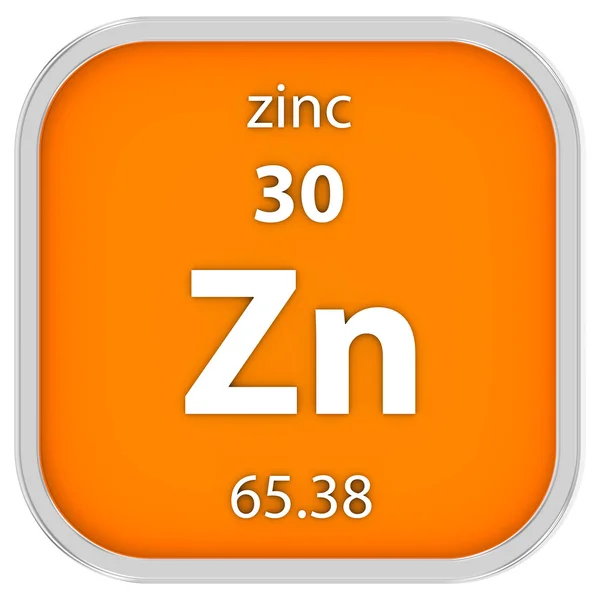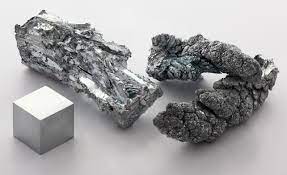Zinc is a chemical element with the symbol Zn and atomic number 30. It is a bluish-white metal that is not easily oxidized in air.
Zinc has been used for various purposes for thousands of years. It is an important element in the human body and is essential for many biological processes. Zinc is also widely used in industry, from the production of alloys and coatings to the manufacture of batteries and electronic components.
In this article, we will explore the properties and applications of zinc in depth. We will discuss the history of zinc, its physical and chemical properties, its role in the human body, and its many industrial uses. We will also examine the environmental impact of zinc and the efforts being made to mitigate its negative effects.
History of Zinc
Zinc has been known to humans for thousands of years. The earliest evidence of zinc mining dates back to the 5th century BCE in India, where zinc ores were used for brass production. The ancient Greeks and Romans also used zinc for various purposes, including making brass and cosmetic creams.
Zinc was not isolated as an element until the early 19th century. In 1808, British chemist Sir Humphry Davy first identified zinc as a separate metal, although it had been recognized as a distinct mineral since the 16th century. The first commercial production of zinc began in Europe in the 18th century, and by the mid-19th century, zinc was being produced in large quantities around the world.
Physical and Chemical Properties of Zinc
Zinc is a bluish-white metal with a shiny surface. It is relatively soft and malleable, with a low melting point of 419.5°C (787°F) and a boiling point of 907°C (1665°F). Zinc has a density of 7.14 grams per cubic centimeter, making it one of the densest of the common metals.
Zinc is not very reactive in air, but it can react with water or acid to produce hydrogen gas. It also reacts with non-metals such as sulfur and chlorine to form zinc sulfide and zinc chloride, respectively. Zinc is a good conductor of electricity and is commonly used as an electrode in batteries.
Zinc has several isotopes, with the most abundant being zinc-64. This isotope has a half-life of more than 4 billion years, making it useful in dating rocks and minerals.
Role of Zinc in the Human Body
Zinc is an essential trace element that is required for the proper functioning of many enzymes in the human body. It plays a crucial role in the immune system, wound healing, and DNA synthesis. Zinc also helps to maintain healthy skin, hair, and nails, and is important for the development of the fetus during pregnancy.
The recommended daily intake of zinc varies depending on age and gender. Adult men need around 11 mg of zinc per day, while adult women require 8 mg. Pregnant and breastfeeding women require higher amounts of zinc, and children need less.
Zinc deficiency is rare in developed countries, but it can lead to a range of health problems. Symptoms of zinc deficiency include a weakened immune system, slow wound healing, hair loss, and skin rashes. Severe zinc deficiency can also cause growth retardation and delayed sexual maturation in children.
Industrial Uses of Zinc
Zinc is a versatile metal with a wide range of industrial uses. Here are some of the most common uses of zinc:
- Galvanizing: Zinc is widely used for galvanizing iron and steel to prevent rust and corrosion. The process involves coating the metal surface with a layer of zinc, which provides a protective barrier against moisture and other corrosive elements.
- Die-casting: Used in the production of a wide range of products through die-casting, such as automotive parts, household appliances, and hardware.
- Brass production: A key component in the production of brass, an alloy made from copper and zinc. Brass is used in the manufacture of various products, including plumbing fixtures, musical instruments, and decorative items.
- Batteries: Used in the production of batteries, particularly alkaline batteries. It is also used in zinc-carbon batteries, which are commonly used in flashlights and other small electronic devices.
- Paints and coatings: Used in the production of paints and coatings for industrial and consumer applications. Zinc oxide is often used as a white pigment in paints, while zinc phosphate is used as a corrosion inhibitor in coatings.
- Fertilizers: Zinc is an important micronutrient for plant growth and is often added to fertilizers to improve crop yields.
- Pharmaceuticals: Used in the production of various pharmaceuticals, including dietary supplements and topical creams for skin conditions.
- Rubber production: Used as an activator in the production of rubber products, such as tires and conveyor belts.
Overall, zinc is an important metal in many industrial processes due to its unique properties, including corrosion resistance, low melting point, and malleability.

